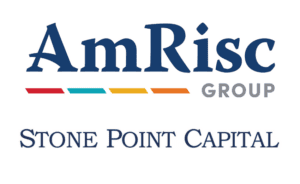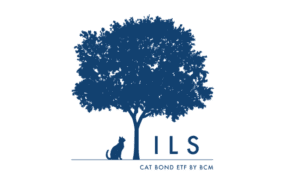How Swiss Re’s iptiQ looks to close the life insurance gap

How Swiss Re’s iptiQ looks to close the life insurance gap | Insurance Business New Zealand
Reinsurance
How Swiss Re’s iptiQ looks to close the life insurance gap
Market exec on why the middle market is a “tough segment”
Reinsurance
By
Kenneth Araullo
In an interview with AM Best, Swiss Re unit iptiQ Life regional market executive Niels Keuker shed light on the firm’s strategy as it tries to find opportunities while closing the life insurance gap.
Life insurance policies have diverged in recent years, primarily around underwriting processes. Traditionally, policies require medical exams and comprehensive assessments, while instant-issue policies, which gained popularity during the COVID-19 pandemic, offer minimal underwriting and quick issuance.
“The fully underwritten process can sometimes take quite a long time,” Keuker said to AM Best. “The other end of the spectrum is hardly any underwriting — a more guaranteed-issue type of approach, which is super easy for a consumer and convenient because you don’t have to answer any medical question but clearly an insurance carrier then has to build in some protections in the rates. We want to find the middle ground.”
In the US, iptiQ focuses on term life, whole life, final expense coverage, and Medicare supplemental coverage, while it also offers property/casualty insurance in Europe.
Keuker described iptiQ as a “B2B2C” company, working with other carriers to identify and address protection gaps in their existing books of business.
iptiQ’s strategy does not rely solely on a digital focus. Instead, it blends data and human interaction as necessary. The company’s technology platform and data, combined with customer questionnaires, enable decisions on policy issuance. On the claims side, technology accelerates processing.
Keuker said iptiQ collaborates with call centers, independent agents, brokerage organizations, and life insurers to analyze customer data and identify coverage gaps. This targeted approach generates business leads, helping producers identify the right consumers, offers, and timing.
The company also seeks to lower costs for consumers, which can increase conversion rates by up to 20%. Enhanced agent productivity leads to reduced acquisition costs for the industry.
“If you think about a block of in-force customers, you might have bought that policy 10 or 15 years ago and what you thought you needed might not be sufficient anymore,” Keuker said. “So, we help our partners understand what the opportunities are in their books and that becomes highly effective.”
A 2023 LIMRA report found that 52% of American adults own life insurance, yet 41% of both insured and uninsured adults feel they lack sufficient coverage. This translates to over 100 million US adults without adequate life insurance.
“The middle market segment is a tough segment because case sizes are clearly not as big as you sometimes have in higher net worth segments of the market,” Keuker said. “So, finding an efficient way for a distribution partner to close the sale and for consumers to find an affordable solution is really important.”
What are your thoughts on this story? Please feel free to share your comments below.
Keep up with the latest news and events
Join our mailing list, it’s free!







